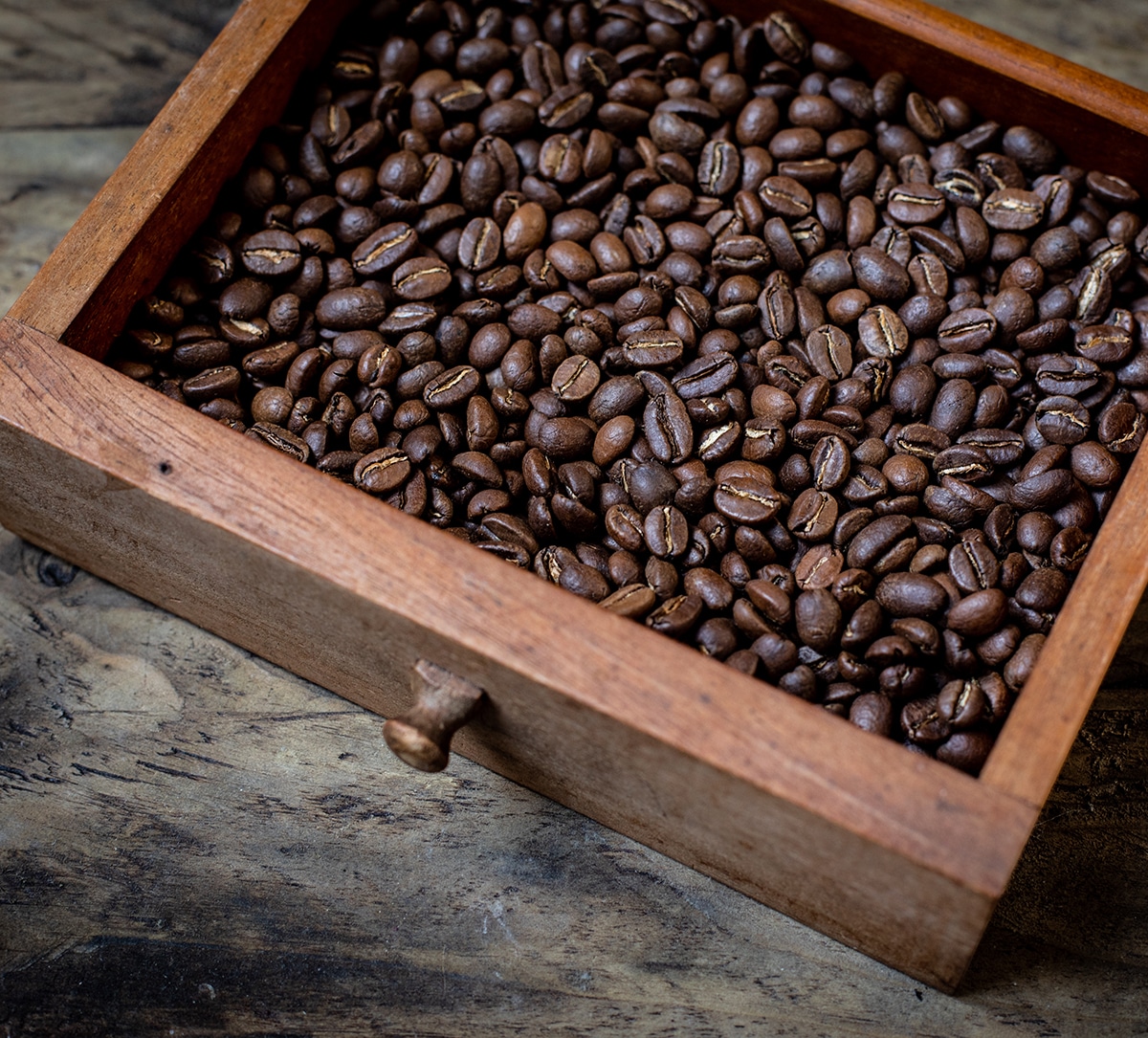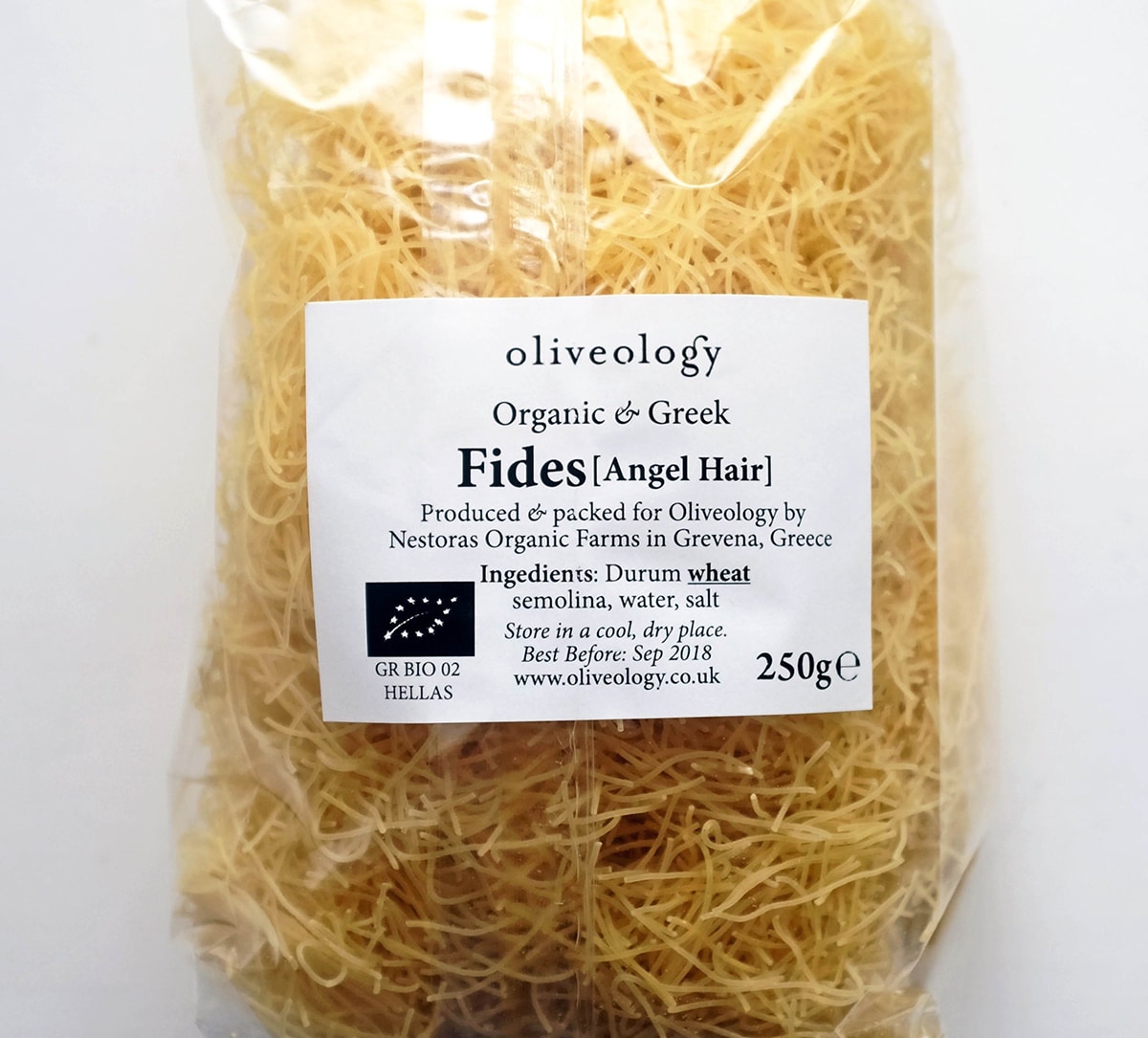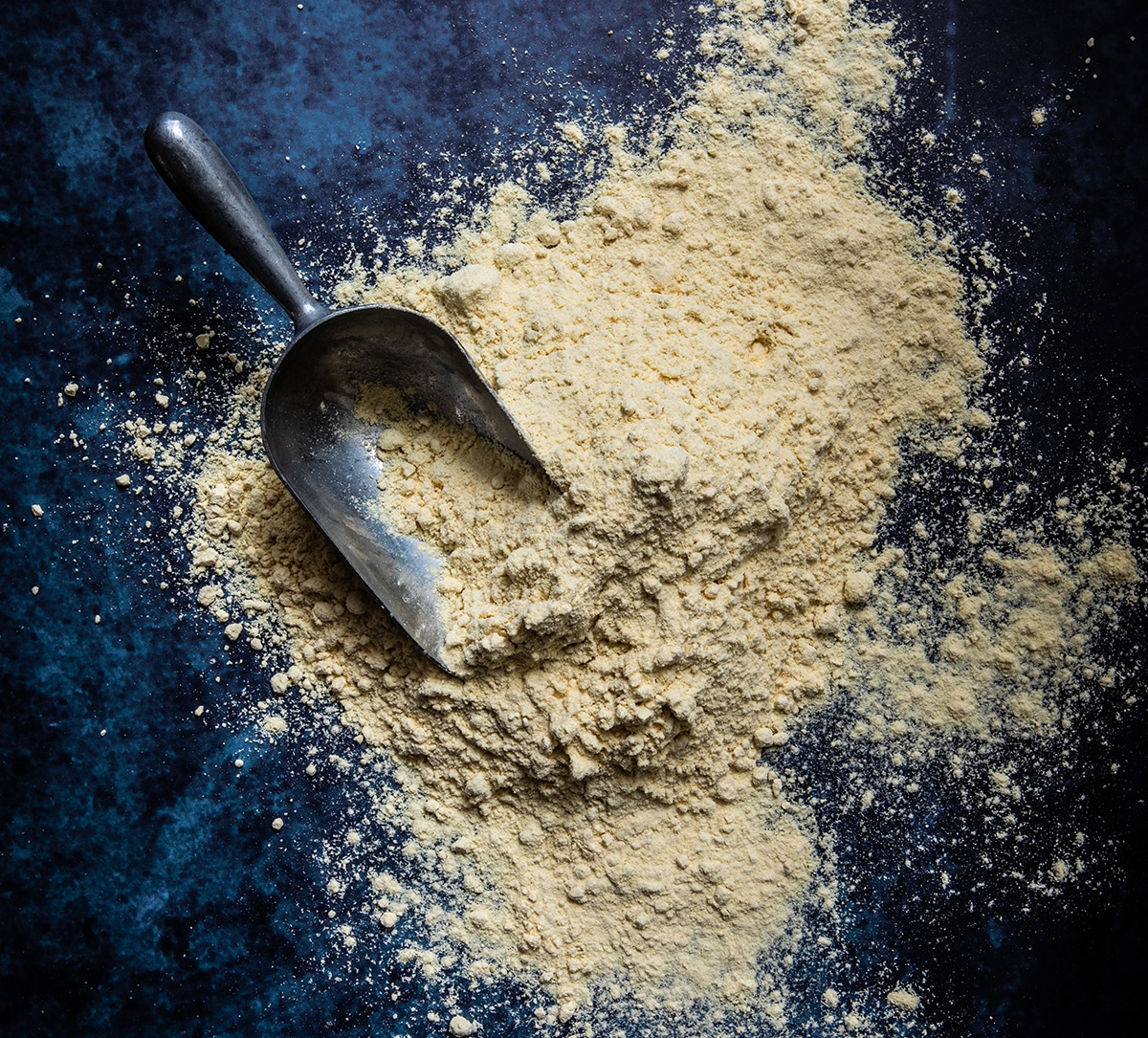Cupboard love: edible seaweed
Ed Smith explores the essential components of his kitchen cupboard. This time: edible seaweed
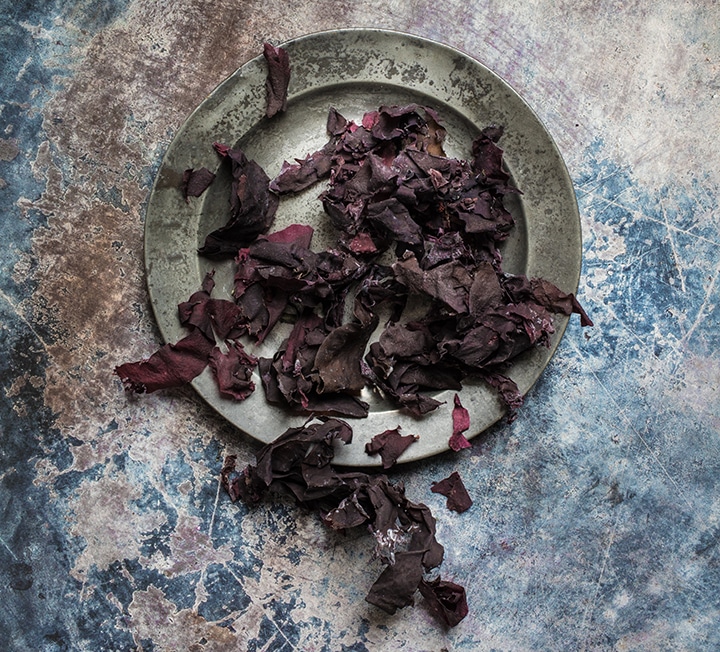

“THICK, TOUGH, MURKY-GREEN KELP ADDS LAYERS OF INTEREST TO STOCKS AND DASHI BROTHS, PLUS A NEAR-MAGICAL VISCOSITY”
Image: Regula Ysewijn
Seaweed has been The Next Big Thing in British food, like, forever. It was, as it happens, the subject of the very first piece about food I was commissioned to write, and other more seasoned scribes began penning words on it many years before me. I suspect a common line in most seaweed pieces is a variation of “it won’t be long before we’re all eating it”. But are we? Nope, didn’t think so.
In reality, those prediction pieces you read every December and January tend to be pleas for the public to get behind foods that are not quite as popular as the writers think they deserve to be, rather than stabs at giving Nostradamus (or even Russell Grant) a run for his money. Let’s be honest, if food writers really were any good at forecasting, we’d have been demanding payment in Bitcoin for the last decade.
Does edible seaweed deserve another bump? Actually, yes it does. Forget the usual mentions of “superfood”, “high in vitamins A, B, C”, “low in cholesterol”, and so on – by far the most interesting and compelling thing about edible seaweed is the boost it can bring to a meal.
There’s real variation between the likes of dulse, wakame, laver and sea spaghetti, but they’re all united in their flavour notes, which tend to offer two fairly indescribable things: ‘umami’ and ‘the sea’. The first means the savoury, moreish quality you find in cooked mushrooms or mature, crystalline cheeses. The latter means salty, yes, but also alkaline minerality and the rock pool clarity and natural sweetness of things like oysters, urchins or a cleansing, sprightly-dressed mixed seaweed salad.
Perhaps the most salient note is that if ever you add seaweed to a dish, whether meat, fish or vegetable based, your taste buds will buzz; seaweed truly enhances and enriches – as an ingredient and seasoning it’s as useful, nay essential, as salt, lemon, dried mushrooms or parmesan.
It’s with that in mind that I (genuinely) keep bags of dried dulse and kelp in my kitchen cupboards at all times.
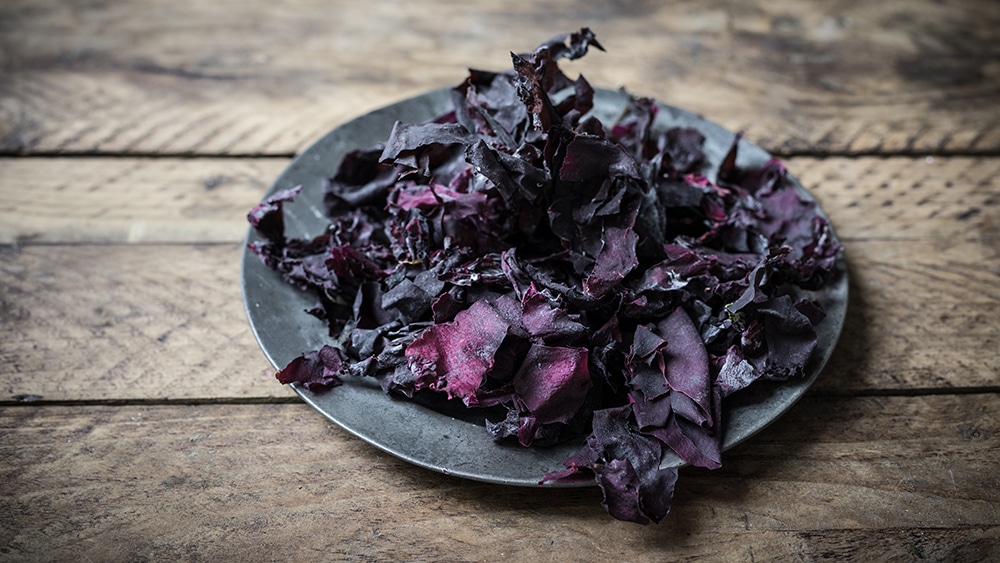
The thick, tough, murky-green kelp goes into stocks and dashi broths – typically my Monday night what’s-left-from-the-Sunday-roast noodle soup – and has the effect of adding layers of interest, plus a near-magical viscosity to the liquid. Once you use it, you quickly see why kombu (east Asian kelp) is such a crucial element in Japanese cuisine.
The dulse gets used in a variety of ways. I sometimes leave its burgundy strands long and just warm them through in the residual heat of, say, a roast chicken’s cooking juices, then serve those strands as an extra vegetable – I’ve seen dulse referred to as ‘vegan bacon’, and it does bring a similar joy. More often, I chop up a handful and mix it through warm and buttery items – new potatoes, carrots, mushrooms – like you would a fresh herb or some chopped spring onions. These sides are particularly good with roast chicken, beef and lamb, but also any fish centrepiece.
You might occasionally see packs of flaked dulse. This form perhaps emphasises its use as a seasoning – like Aleppo chilli pepper flakes. And thinking of this prompts me to blitz some of my (non-flaked) seaweed in a spice grinder and beat that into salted butter. Do the same. Try it. Taste it. You could stop there, using the result as a table butter, or stirring it through mashed potato or other roots, melting it over grilled white fish, pan-fried salmon or trout, or on a lamb chop or bavette steak.
Keep going, though, and mix with crumbs from the last slices of a sourdough loaf, some lemon zest, and parsley, and you can very quickly make a butter crust for fish fillets, lamb chops, baked aubergine slices or cauliflower steaks; a pleasing, self-seasoning, remarkably easy cap to a simple week-night supper. Pick up a packet of dulse and try this topping out. Seaweed is the future; it won’t be long before we’re all eating it.
